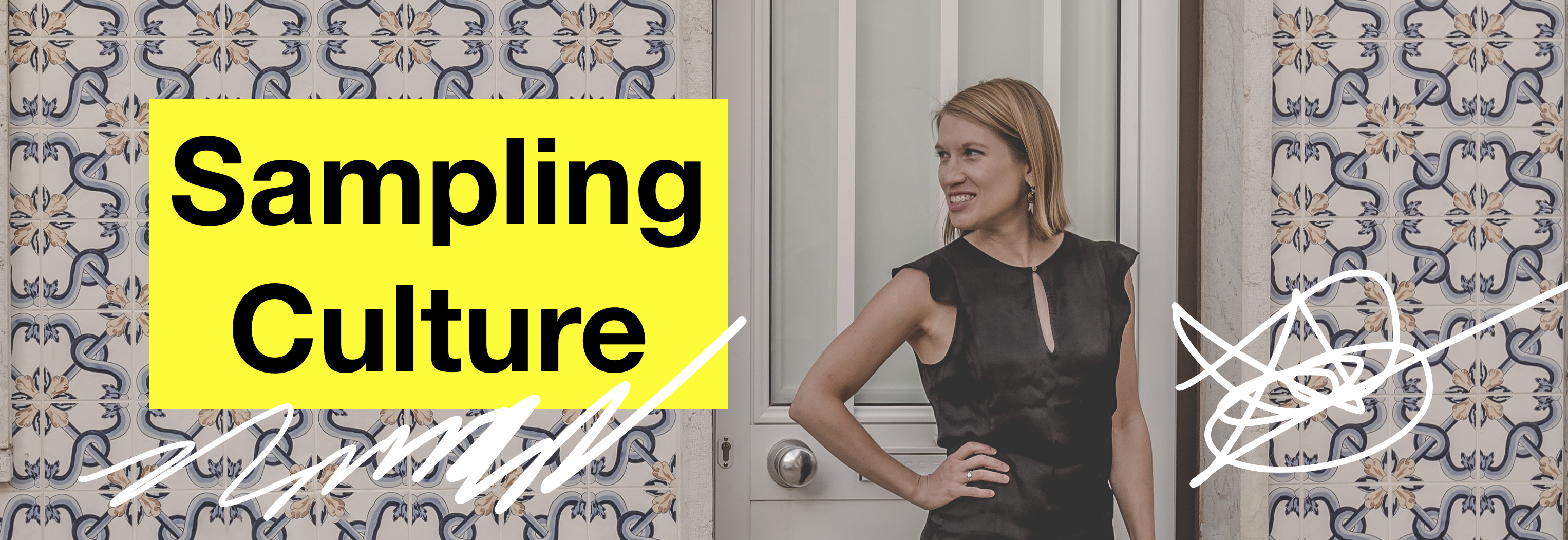
Social Media for Museum Secrets

Museum Secrets is an award-winning cross-platform series comprised of a TV show, a webseries and an interactive site. For the promo video below I assisted in writing the script, sourcing visual material and providing stats for inclusion. You can read more about my work on social media for the series below the video.
Quick Facts:
• 22 x 1 hour TV episodes
• 1 Canadian Screen Award and 5+ nominations
• 50 broadcast markets worldwide
• 1 rich media interactive website
• 100+ Webisodes narrated by Colm Feore
• 200+ Blog Entries
• 160+ YouTube Videos
• 3600+ Subscribers on YouTube
• 1.5 million+ YouTube channel views
• Appearances on BoingBoing.net, MSN.com, Neatorama.com, Gadling.com, LaughingSquid.com, Torontoist.com, and many other websites, publications and TV news networks.
Landing the gig
Back in October 2010 I was hired as the Social Media Lead on “Museum Secrets,” a brand new multi-platform project for TV and the web. The TV series was to be broadcast on History Canada, Smithsonian Channel in the USA and on BBC Knowledge in 50 countries worldwide. At the time, it was newly funded for its digital components by the Bell Fund and the Canadian Media Fund, and our team was comprised of the TV production side as well as an interactive team, with content production members in house and another group at a digital agency that focused on web programming offsite.
Having just graduated from Ryerson’s Master of Journalism program, I was thrilled to have the opportunity to apply my skills as a blogger and journalist for this exciting factual-entertainment TV show and interactive webseries about the discovery of fascinating stories connected to historic objects housed at the world’s most iconic museums. Not only was our series about cultures from around the world throughout history, but it also included current day science and factual research and engaged audiences with the stories of living characters. Even better, the series took viewers on a travel extravaganza through many countries in 3 continents. I was eager to learn more about the production and the museums, to work hard and cultivate an audience online for the series.
I was delighted to join the production team at Kensington Communications Inc., with TV and interactive professionals and the company’s president Robert Lang, a pioneer in cross-platform storytelling, who has been creating documentary TV and films for over 30 years and producing online documentary counterparts since the 1990s.
Creating a winning social media strategy
In the beginning the task was immense for the interactive producer, the executive series producer and myself, who comprised the small team that spent time on interactive at Kensington. I had to launch the social media profiles and create a strong brand presence online. My direction was to create a clear identity and establish a voice for Museum Secrets in order to grow our online following, so I could direct people to the website and the TV broadcasts a few months out. Through consultation, we determined that the voice was to be smart and intensely curious about the history of the objects showcased on the series, and about the world. Since it came naturally to me, I injected a youthful energy and friendly demeanor into our persona and I kept things light. I never purported to be an expert, and instead I closely aligned with the viewers’ perspective and I offered them special access to the experts appearing on the series: the scientists, curators and researchers who devoted their life’s work to the subjects they studied.
In order to initially get attention on the series and build a following online, we launched several contests on facebook and offered a prize that appealed to fans of history TV shows. I also built relationships with travel and history bloggers and invited them to share our content about the forthcoming series. When it was time for the crew’s season 1 premiere party, I invited the bloggers to come out to watch the premiere broadcast with us, to blog and share news about it. As a result we got some good coverage, and in tandem with our traditional publicity, we got people talking about the new series. We built our social network for the series by regularly posting highly relevant and entertaining blog content to continually get people to the interactive website where we released new features every week. The high quality website content attracted good traffic and we were poised on our social networks with a small but growing fan base to share news about the new season that was greenlit and in production.
Evolving our social media strategy
For the second and third season, we continued to advance our game plan. I tried new things and continually measured the results. The strategy included viewer engagement on twitter and we got one of our episode directors to tweet with viewers and answer their questions during real time for the premiere broadcast. With a snipe on screen, we encouraged TV viewers to join in the conversation.
During our viewing parties with fans of the series who had large twitter followings, we held a trivia contest to encourage tweeting with our hashtag. The result was great: hundreds of ‘@mentions’ of the show, thousands of tweets using the hashtag and more web traffic referrals.
When I compared the results in web traffic referrals from twitter for seasons 2 and 3, there was an increase overall by more than 200 %.
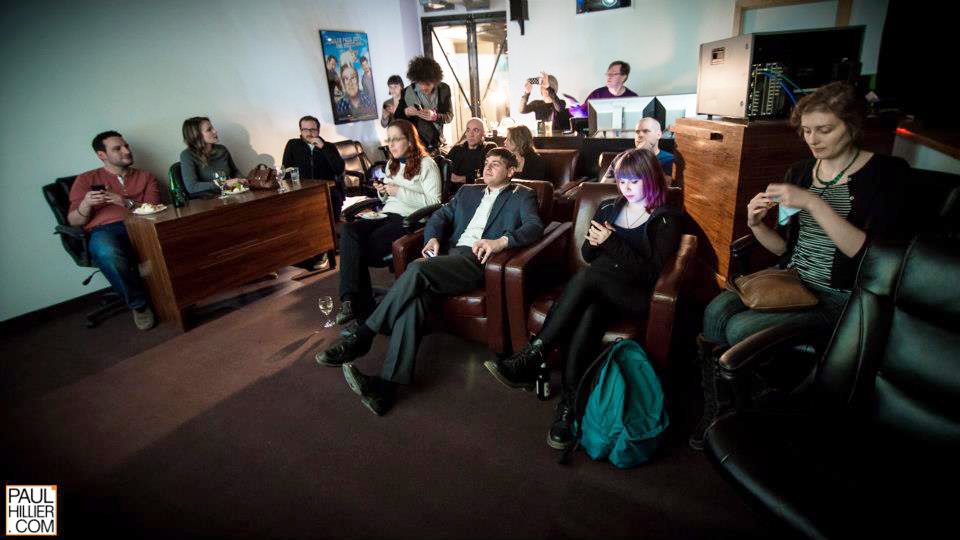
Over the course of 3 seasons we were able to expand the scope of social media for the series and grow our team.
For the third season I trained episode directors on social media and I was able to hire an intern and social media coordinator to help out in Toronto, in addition to liaising with local videographers around the world: in Tunisia, France, Spain, Israel and England. I project-managed our video-blogs, working with an editor locally and the behind the scenes footage that videographers sent in from around the world. I traveled to Italy and the USA as a videographer and behind the scenes photographer and I produced 12 video-blogs for our YouTube channel. Sourcing the stories was a rewarding challenge, as a solo shooter and producer. It was high-pressure, working long days with the production crew and traveling, but I was excited for this work.
Here are some of the behind the scenes photos I took on set:
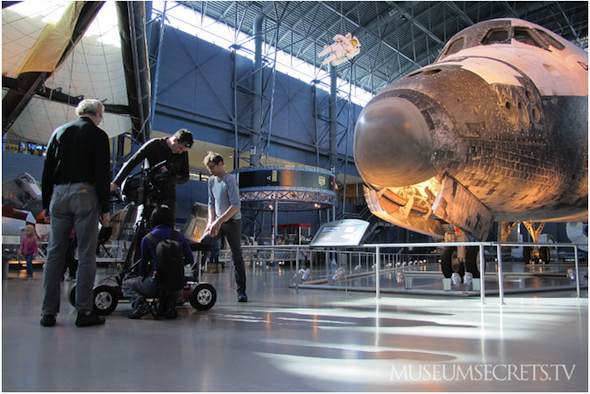
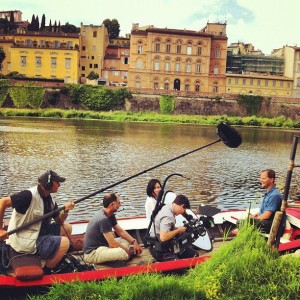

The YouTube channel itself was increasingly visited as we added more video-blogs to the channel and our professionally shot webisodes narrated by Colm Feore, which did exceptionally well. For the last season we added 69 videos to the channel, which resulted in a significant increase of web traffic referrals from YouTube. Our subscribers also numbered more than 3000 by the end of season 3, averaging around 200 new subscribers a month during the Canadian broadcast.
Here is our most popular webisode, with more than 700,000 views:
Here are a few of the behind the scenes video-blogs I produced:
To encourage the dissemination of our videos we promoted them heavily on both twitter and facebook to the series fans, and seeded them on higher traffic blogs.
In addition to all of the social media content production for 3 seasons, social analytics and metrics were also a key part of my role. Using Google Analytics, I analyzed our web traffic and I calculated a 170 % increase in traffic referrals from organic social media when I compared the last two seasons.
I also tracked web traffic from twitter and used hootsuite to track keyword usage and follower-count spikes over time.
Using mailchimp I sent our loyal fans e-blasts with special announcements and offers, and then tracked our click-through rates, to see what kind of content worked best.
In general there was a consistently promising ROI for our activities on Facebook and we were able to create posts that were more effective for our audience as we learned more about them over time. Fan engagement went up each season and we received more shares and likes on our content.
Here is just one example of a post on facebook with 177 shares, 46 likes and plenty of clicks to the website. This was a completely organic result, and not the result of promotion or any ad spending.
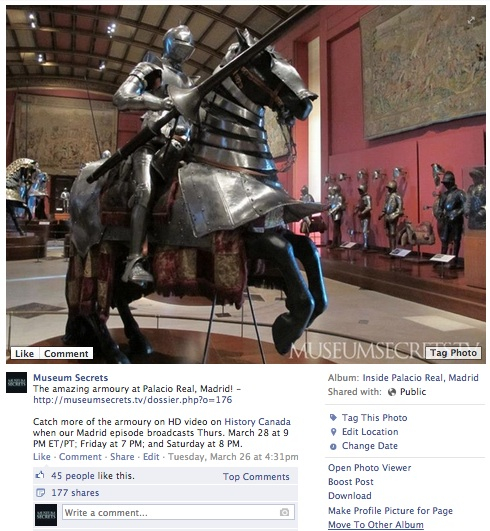
In addition to facebook and twitter, we started systematically using additional social media platforms to increase our brand’s presence across the web, and as platforms to share links to drive traffic to our website. We went from zero to hundreds of referrals using Reddit and we used GetGlue, Flickr, Instagram, Tumblr and Pinterest to increase our reach to different audiences in those spaces.
What’s next for Museum Secrets?
After 3 seasons, in the spring of 2013 History Television Canada decided not to renew the series. The fourth season, which was already in development, was indefinitely put on hold. I am very sad with this news and I have seen many tweets from series fans from around the world who are also lamenting the cancellation of the show. However, as the evolution of Museum Secrets is currently unclear and while it is still being broadcast in various markets, we are keeping our social presence active. In the meantime, over the summer of 2013 I assumed social media responsibilities for Kensington’s newest museum-related project: a new mobile app called Scopify, which allows museum visitors to explore objects inside the museum in ways never possible before. The first app in the series is ScopifyROM, in partnership with the Royal Ontario Museum, and the hope is that there will be more to come. To find out more, follow the Kensington Communications’ blog that I update regularly.
